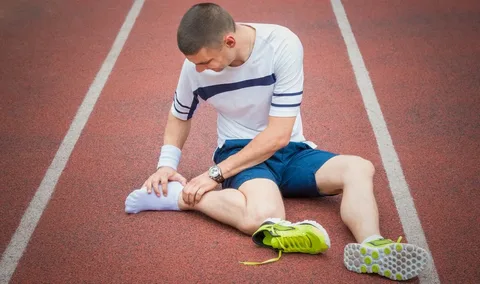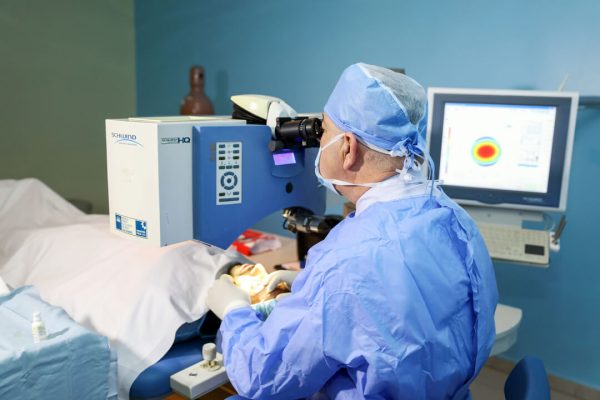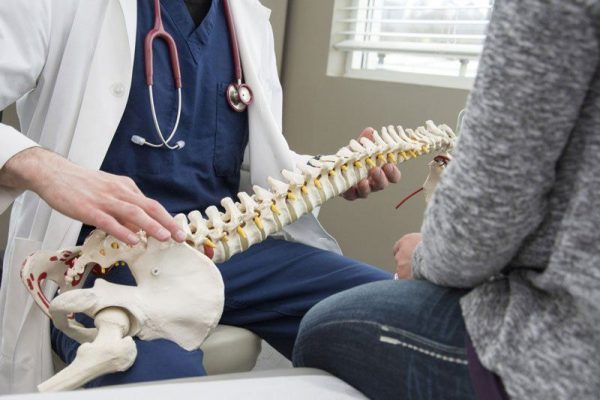Colorado Springs, a vibrant city nestled amidst stunning landscapes, beckons residents and visitors to explore its streets on foot. Yet, beneath the surface of this walkable charm lies a concerning reality: pedestrian injuries are worryingly prevalent.
This article goes into the heart of this issue. It analyzes the causes and trends contributing to these incidents and sheds light on the factors that put people on foot at risk.
Data and Analysis of Pedestrian Injuries in Colorado
Data from reliable sources provides valuable insights into the trends and patterns of pedestrian injuries in the city.
According to the Colorado Department of Transportation (CDOT), the state experienced its highest level of pedestrian fatalities on record in 2022. There were 111 pedestrian deaths on Colorado roads, constituting 15% of the state’s total traffic fatalities.
Alarmingly, a significant portion of these fatalities occurred at night, highlighting the heightened risk walkers face during low visibility conditions.
Col. Matthew C. Packard, chief of the Colorado State Patrol, emphasized the critical need to exercise caution and adhere to traffic safety rules. He emphasized the shared responsibility of all road users in ensuring road safety, urging vigilance and awareness at all times.
Additionally, CDOT’s analysis revealed a concerning trend known as the “100 Deadliest Days of Summer,” spanning the three months between Memorial Day and Labor Day. During this time, fatal crashes, including pedestrian fatalities, see a notable increase.
This is due to factors such as higher volumes of vehicles on the road and increased presence of motorcyclists and teen drivers. Additionally, a rise in impaired driving incidents is also noted during this time. Pedestrian fatalities more than doubled between May and September 2022, underscoring the heightened risk they face during the summer months.
This data-driven analysis underscores the urgent need for targeted interventions and public awareness campaigns to mitigate the risk of injuries and fatalities.
Common Causes of Pedestrian Injuries
Data analysis reveals several common causes of pedestrian injuries in Colorado Springs, shedding light on factors contributing to these incidents. Distracted driving emerges as a prominent cause. It encompasses behaviors such as texting, talking on the phone, or engaging in other distractions while operating a vehicle.
Speeding and aggressive driving also play significant roles, with drivers exceeding posted speed limits and endangering people on foot in the process. Impaired driving presents a grave threat to pedestrian safety, impairing judgment and reaction times, thus increasing the risk of collisions.
Additionally, poor road design or lack of dedicated infrastructure for walkers exacerbates the risk of injuries. Inclement weather conditions further compound these risks, affecting visibility and driver behavior.
An incident highlighted by KKTV sheds light on potential causes of pedestrian injury. According to the report, an individual was crossing at the intersection of North Academy and North Carefree, ignoring the crosswalk light. As a result, the pedestrian was struck by an oncoming vehicle. The driver stayed at the scene and cooperated with the investigation while the injured individual was swiftly transported to the hospital.
Similarly, another incident detailed by the Colorado Springs Gazette concerned a pedestrian being struck by a car. The individual was using a crosswalk at the junction of South Academy Boulevard and San Miguel Street. Despite having the right-of-way, the pedestrian was hit by a driver making a left turn. Although the individual’s injuries were non-life-threatening, they necessitated hospital treatment.
These incidents highlight the critical role of driver awareness and adherence to traffic laws in preventing injuries. Even in scenarios where pedestrians may bear some responsibility, such as crossing against signals, drivers must remain vigilant and prepared to react.
Impact and Consequences of the Injury
Pedestrian injuries exact a profound toll that reverberates throughout the lives of victims and their families. Physically, these injuries can range from minor cuts and bruises to severe trauma, including broken bones, spinal cord injuries, and traumatic brain injuries.
Such injuries often require extensive medical treatment, rehabilitation, and long-term care. The road to recovery can be marked by pain, suffering, and disability, impacting victims’ quality of life.
Emotionally, these incidents can leave lasting scars, leading to psychological distress, anxiety, depression, and post-traumatic stress disorder (PTSD) among survivors. Coping with the aftermath of a traumatic accident can strain relationships, erode self-confidence, and instill a pervasive sense of fear and vulnerability.
Financially, the repercussions can be staggering. Medical expenses, including hospital bills, surgeries, medications, and rehabilitation services, can quickly accumulate, placing a heavy burden on victims and their families. Moreover, lost wages due to temporary or permanent disability can further exacerbate financial strain, jeopardizing stability and prospects.
In navigating the complex aftermath of pedestrian injuries, the role of a personal injury attorney in Colorado Springs is indispensable. Experienced attorneys specializing in road injury cases can provide invaluable support and advocacy, helping victims pursue rightful compensation for their losses.
As per Springs Law Group, attorneys undertake various tasks. They range from negotiating with insurance companies to representing clients in court, all aimed at easing the financial strain on victims. They also assist in obtaining the necessary resources to aid recovery and rebuild lives.
Moreover, lawyers provide compassionate guidance and legal expertise, empowering victims to navigate the legal proceedings with assurance and respect.
Recommendations and Call to Action
In light of this analysis, several evidence-based recommendations can be proposed to address the issue effectively. Targeted enforcement campaigns aimed at addressing specific driver behaviors, such as distracted driving and speeding, can serve as potent deterrents.
Moreover, infrastructure enhancements in high-risk areas, such as the installation of crosswalks and pedestrian signals, are essential for creating safer environments.
Additionally, public awareness campaigns play a crucial role in promoting safety education among drivers, pedestrians, and the broader community. These campaigns raise awareness about the rights and responsibilities of all road users. They highlight common causes of injuries and provide tips for safely sharing the road.
In conclusion, the journey through the data paints a clear picture: pedestrian injuries in Colorado Springs demand our attention and action. While the trends and causes we explored may seem disheartening, they also serve as a powerful springboard for change.
From stricter enforcement to innovative infrastructure, the solutions we discussed are not mere possibilities but necessary steps toward a safer environment for all. Let us remember that each statistic represents a human story, a life impacted, and a potential tragedy averted.
This article was not just about data and trends. It was about creating a collective vision for a Colorado Springs where walking is not a gamble but a joyful experience. It is a city where drivers are mindful, infrastructure prioritizes safety, and technology serves as an ally, not a threat.
The call to action doesn’t end here. We urge individuals to be responsible pedestrians and drivers, supporting local initiatives and holding policymakers accountable. Together, let’s transform the knowledge gleaned into tangible steps so that every journey on foot is a step toward a safer Colorado Springs.





